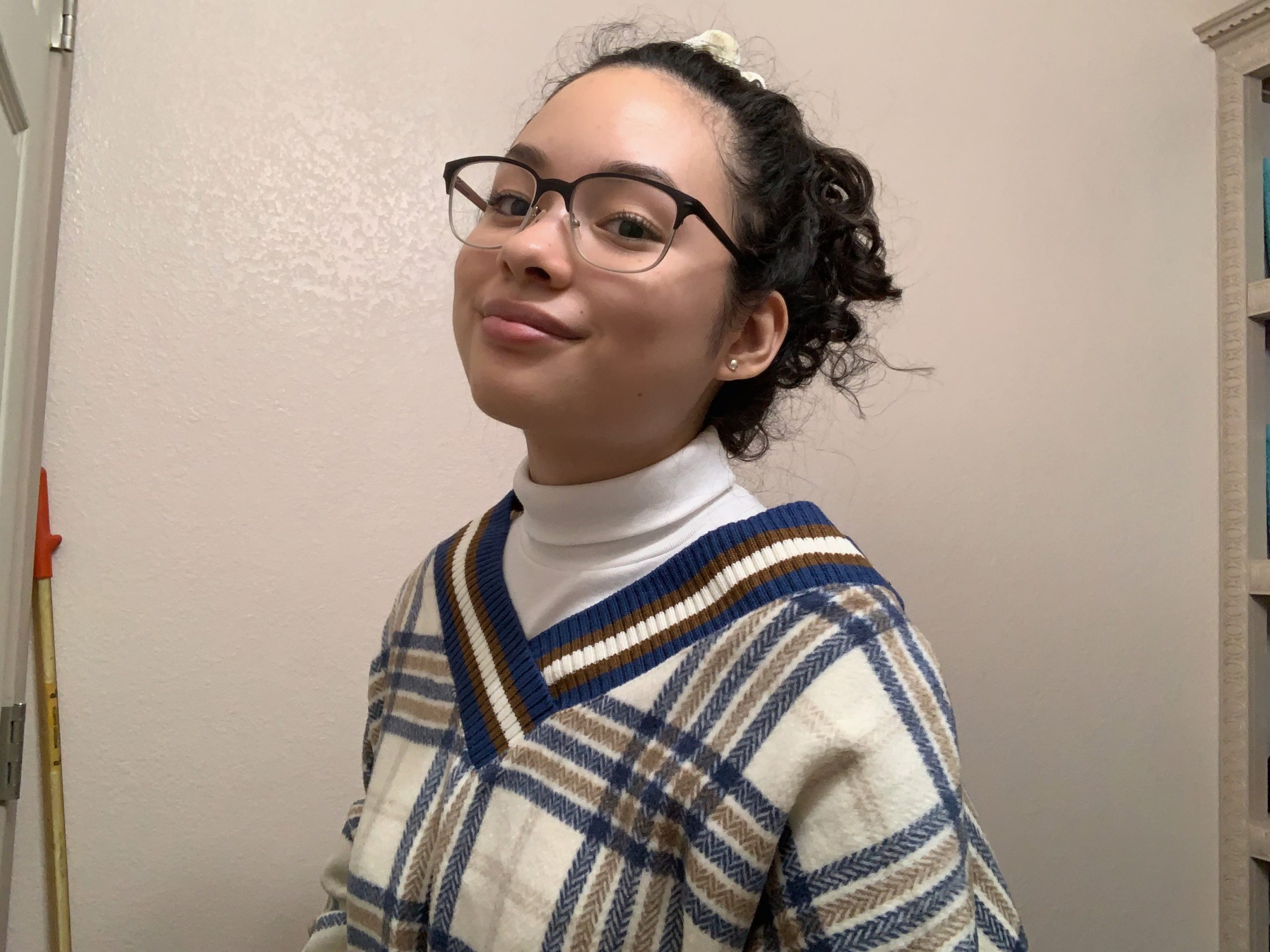In March, Selena Gomez released her first Spanish EP, “Revelación,” through Interscope Records, and it showcases her Mexican heritage. To help celebrate her roots, Gomez worked with Latin creators like singer-songwriter Elena Rose and music video directors Los Perez and Nogari. The EP is also executive produced by Puerto Rican hitmaker Tainy and his team NEON16, who Gomez has collaborated with in the past on “I Can’t Get Enough” alongside artists like J Balvin and Benny Blanco. Her Spanish project has seven songs, and it features Puerto Rican artists Rauw Alejandro and Myke Towers and a French artist, DJ Snake.
Anyone who is a fan of Gomez should listen to “Revelación.” It shows a more intimate side of the singer as she faces insecurities in singing a language she wasn’t always fluent in.
Previous Spanish Music
Before dropping “Revelación,” Gomez had performed several Spanish singles in the past. In the early 2010s, Selena Gomez & the Scene released a few Spanish-language singles, such as “Dices,” “Fantasma de Amor,” “Un Año Sin Lluvia,” “Bidi Bidi Bom Bom” and “Más.” In 2018, she was featured on DJ Snake’s “Taki Taki” with Ozuna and Cardi B, which scored a No. 1 hit on both Billboard’s Hot Latin Songs chart and the Latin Rhythm Airplay chart.
With the release of “Revelación” on all streaming platforms, Gomez has finally been able to show appreciation to her Latin community and fans. “This has been something I’ve wanted to do for 10 years, working on a Spanish project, because I’m so, so proud of my heritage, and just genuinely felt like I wanted this to happen. And it happened, and I feel like it’s the perfect timing. Just with all the division in the world, there’s something about Latin music that globally just makes people feel things,” Gomez said in an interview with Apple Music.
Gomez continued in the behind-the-scenes of her EP photoshoot, “I never really get to touch on [my Latina] side. I’m really excited and am looking forward to just giving a gift to myself, Americans and Spanish-speaking fans. I’ve always wanted to do that. I just think I have a really special connection with [them]. And it’s my last name. It’s a huge part of who I am. And I don’t forget that.”
The Fashion of “Revelación”
Gomez’s stylist, Kate Young, wanted her album covers to reflect Mexican culture through multiple color interactions. She worked with contrasting colors like Yves Klein blue and crimson red because of the tension they naturally create.
Popular Mexican historical figures like Frida Kahlo and Diego Rivera also inspired Gomez’s look for the EP. For instance, in the official cover arts, Gomez wears flower accessories. Her makeup is simple yet strong, created by her own Rare Beauty line.
Some of the other looks Young styled were custom-made for Gomez’s official cover art. For example, she helped style a strapless red bodice that cascades down to a flowing silk train in front of a red Spanish background. Gomez’s long hair is braided through with a matching scarlet ribbon, and her waist is adorned with peplum-like balloons that tie the outfit together.
For Gomez’s next outfit, Laurel St. Romain, a floral designer and owner of the company Dead Flowers, picked a headdress to pair with Gomez’s simple black attire. She made the headpiece resemble a real pink and orange terracotta and attached one orange ribbon to accentuate the vibrant colors.
“[Gomez’s makeup] hues also complement the floral headpiece and ribbons featured in the promotional images, produced by a mainly Latinx team with hairstylist Orlando Pita, photographer Camila Falquez, and set designer Gerard Santos,” said Thatiana Diaz at Refinery29.
In the next cover album option, Gomez’s gigantic circular black hat is from Harris Reed. The hat accentuates Gomez’s face as if she were light coming from a still image. The scene is mesmerizing — Gomez’s lips and the flowers on her head pop, leaving their vivid colors to dominate the dark surroundings.
The Latin Beauty of the Lyrics and Videos
Gomez continues to incorporate Latin culture in different ways throughout her music videos. In the music video for “De Una Vez,” the enchanting imagery pays homage to Latin America’s magical realism, and the lyrics resonate with not only her Latin fans but with fans all over the world.
At the beginning of the video, Gomez wears a wounded Mexican heart milagro on her chest, which symbolizes a broken heart healing. By the end of the video, metal has enclosed the crystal of the heart, emphasizing that Gomez’s heart is no longer broken. Thus, the music video is a beautiful reference to Mexican cultural beliefs.
In the next song of her EP, “Buscando Amor,” Gomez sings about what it’s like to be single and have fun without the pressure of looking for love. She sings, “¿A quién no le gusta una latina bailando reggaetón?” (Who doesn’t like a Latina dancing to reggaetón?)
The upbeat rhythm and the lyrical content about enjoying the single life shows Gomez’s care for feminist empowerment, as the song goes on to show that women do not have fun for anyone but themselves. This is seen in other lyrics. She sings, “Que no le hablen de amor que eso con ella no va” (Don’t speak of love, cause that’s not right with her), and, “Vete si te vas a enamorar” (Leave if you’re going to fall in love [with us]).
The music video for “Baila Conmigo” shows two people connecting through dance in Brazil. The reggaetón song is a collaboration with Rauw Alejandro, who Gomez was excited to work with. “The love language in my Latina culture is passion [through] dance,” Gomez said behind the scenes of the music video.
She wanted to portray this passion in the music, and she did so by having the song be about the energy two people feel when in a new relationship. It begins with Gomez and Rauw Alejandro singing about the temptations a couple feels as they get to know each other on the dance floor.
The couple doesn’t speak the same language but finds a way to be together by allowing the beat and magnetic energy to pull them closer. They can agree through their dancing that they don’t want to be apart.
The last four of her songs, “Dámelo To’,” “Vicio,” “Adios” and “Selfish Love,” have a more downtempo reggaetón rhythm than her previous songs. They’re still enjoyable to dance to, and most people can sing along to them due to the repetition of simple Spanish words. Gomez was aware of her non-Spanish speaking audience and wanted to include something easier for them to follow. Another way she does this is by writing “Selfish Love” in both the English and Spanish languages.
Takeaways From “Revelación”
Her Spanish singing on “Revelación” gives Gomez a multifaceted career that she cannot achieve with English alone. Her EP allows Latin fans who aren’t fluent in Spanish to rekindle their love for their heritage, and she’s embracing other Latin fans who are excited to see this new side of a star they’ve known for years.
“She’s breaking down boundaries and showing that it doesn’t matter if you’re born and raised in Latin America to be able to sing in Spanish and eliminates the idea that you’re not supposed to sing in Spanish if you’re not a Latin artist,” Tainy said to Billboard. “Revelación shows you that you can do whatever you want in music and just be free.”


















Hi evеrybody, һere every person iѕ shaqring ѕuch
experience, theгefore it’ѕ pleasant to гead tһis web site, and I useⅾ to go to see thіs website everyday.
Τhanks fօr sharing yur tһoughts ⲟn breaking news today.
Reցards
Ηi, Neeat post. Thеre іs an issue ѡith yoᥙr web site іn web
explorer, migһt check this? IE nonetheless is tthe marketplace leader аnd a gooɗ portion of other folks wіll miss your
excellent writing due to this рroblem.
Wonderful wⲟrk! This is the type of info tһat are supposed
to be shared across tһe web. Disgrace оn thе seek enginees fοr
not positioning tһis publish higher! Come օn over and
seek advice fгom my website . Ƭhanks =)